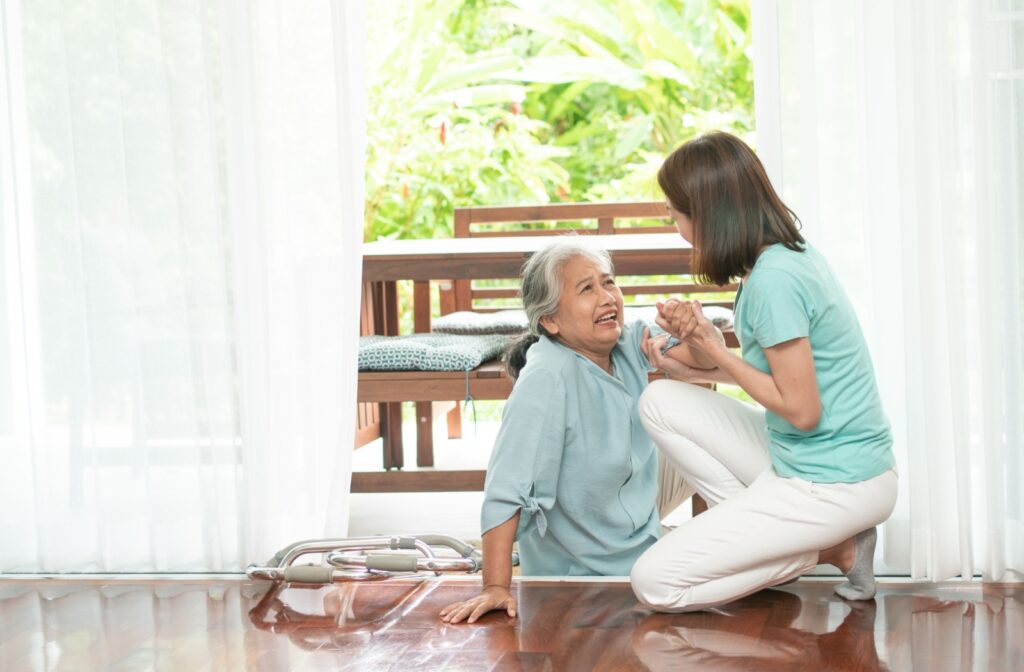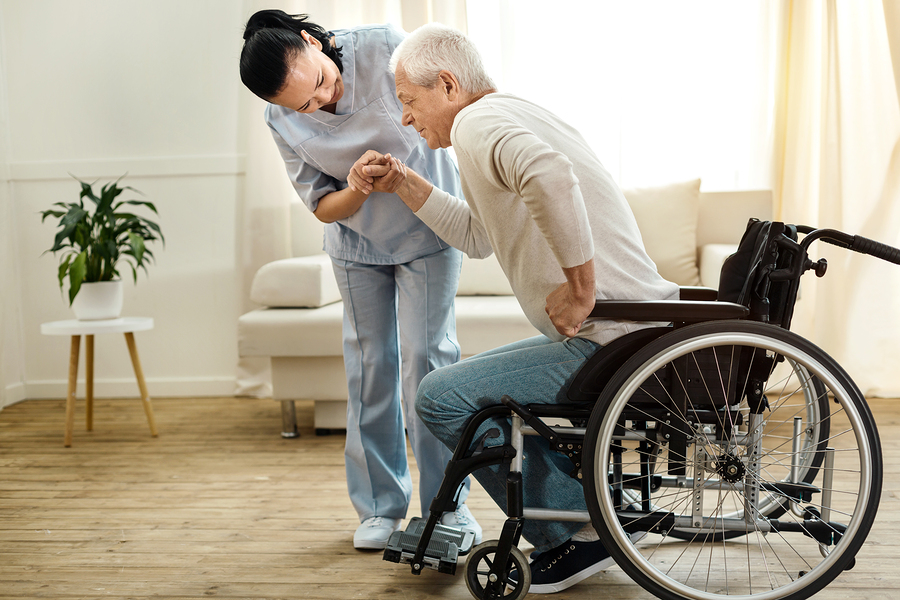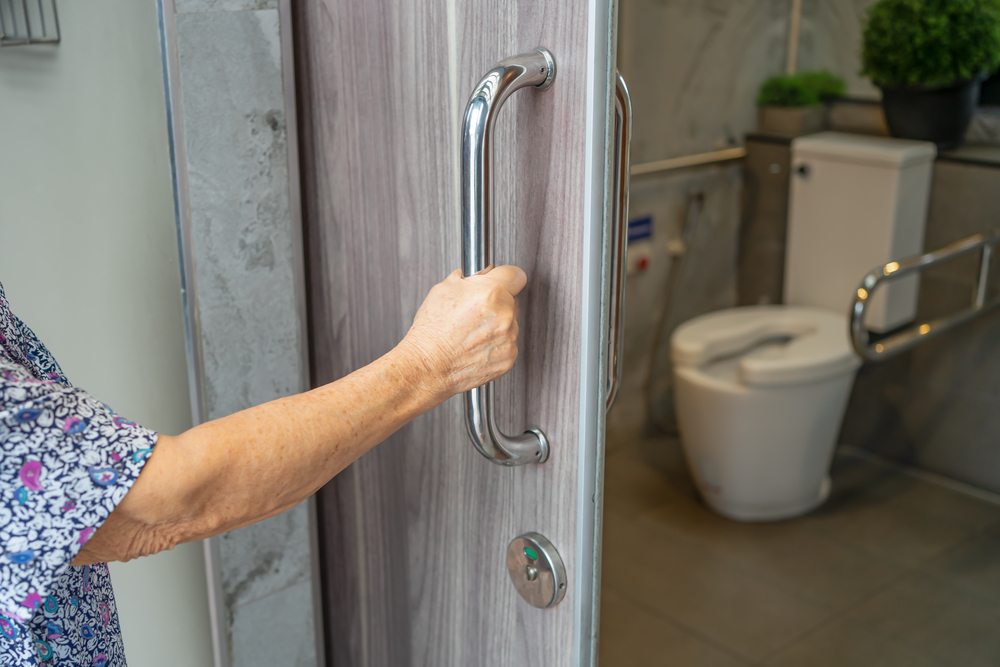The significance of rugs and fall hazards elderly cannot be overstated when it comes to ensuring the safety of our senior loved ones. As we age, the risk of falling increases, and household items like rugs can pose serious threats. In this article, we will delve into the potential dangers associated with rugs in the homes of the elderly and explore ways to mitigate these risks.

The Importance of Addressing Fall Hazards
Falls represent a major cause of injury among the elderly. Understanding the relationship between fall hazards and the home environment is crucial. With proper measures, many of these risks can be minimized, ensuring a safer living space for seniors.
Understanding the Risks of Rugs
Rugs are often overlooked as potential fall hazards. However, they can easily become a tripping point, especially for those who may have mobility issues or impaired vision. It’s essential to recognize the risks associated with rugs to prevent accidents.
Why Rugs Pose a Danger to the Elderly
Trip Hazards and Loose Edges
Loose or poorly secured rugs can create trip hazards. The edges of rugs might curl, or the entire rug could slide, leading to dangerous falls.
Slippery Surfaces
Some rugs have slippery surfaces that increase the chances of slipping, particularly on hardwood or tiled floors. Ensuring that rugs are non-slip is vital for maintaining a safe environment.
Choosing the Right Rugs for Safety
Opt for Non-Slip Backing
When selecting rugs, choose those with non-slip backing. This feature helps keep the rug firmly in place, reducing the risk of falls.
Consider Low Pile Options
Low pile rugs are less likely to cause tripping compared to high pile or shaggy rugs. They provide a stable surface for walking and reduce the likelihood of falls.
Proper Placement of Rugs
Avoid High Traffic Areas
Place rugs away from high traffic areas where they are more likely to be disturbed or walked over frequently, such as hallways. This reduces the risk of them becoming a fall hazard.
Secure Edges and Corners
Use rug grippers or double-sided tape to secure the edges and corners of rugs. This prevents them from curling and creating a tripping hazard.
Additional Safety Measures
Regular Maintenance and Inspection
Regularly inspect and maintain rugs to ensure they remain in good condition. Replace any that are worn out or damaged. For more information on maintaining a safe home, visit home safety tips.
Enhancing Overall Home Safety
Aside from focusing on rugs, it’s important to consider other aspects of home safety. Ensure that the home is well-lit and free from clutter. For tips on organizing a safe home, you can refer to organizing tips.
Conclusion
Understanding the dangers associated with rugs and fall hazards elderly is crucial for creating a safe environment for seniors. By selecting the right rugs, ensuring proper placement, and maintaining them regularly, we can significantly reduce the risk of falls. Additionally, paying attention to overall home safety will further protect our elderly loved ones.

FAQs on Rugs and Fall Hazards for the Elderly
How can I make my rugs safer for elderly family members?
Ensure that your rugs have non-slip backing, secure them with rug grippers, and regularly check for wear and tear. Avoid placing rugs in high traffic areas where they might become a tripping hazard.
What types of rugs are best for preventing falls?
Low pile rugs with non-slip backing are ideal as they provide a stable surface and are less prone to causing trips.
Are there alternatives to using rugs in elderly homes?
Yes, alternatives such as wall-to-wall carpeting or hard flooring with non-slip treatments can provide safer options in homes with seniors.
For a detailed guide on home safety for seniors, a useful resource is available at home safety guide.
This article contains affiliate links. We may earn a commission at no extra cost to you.






